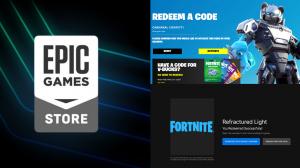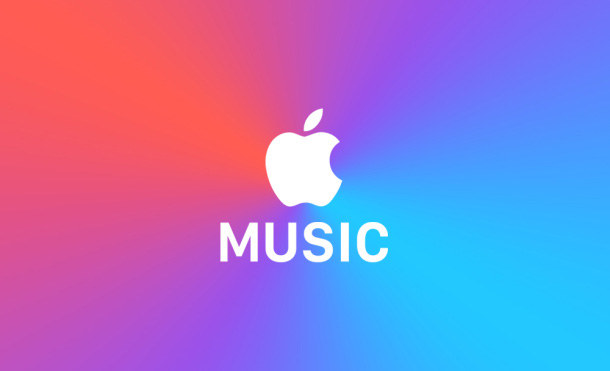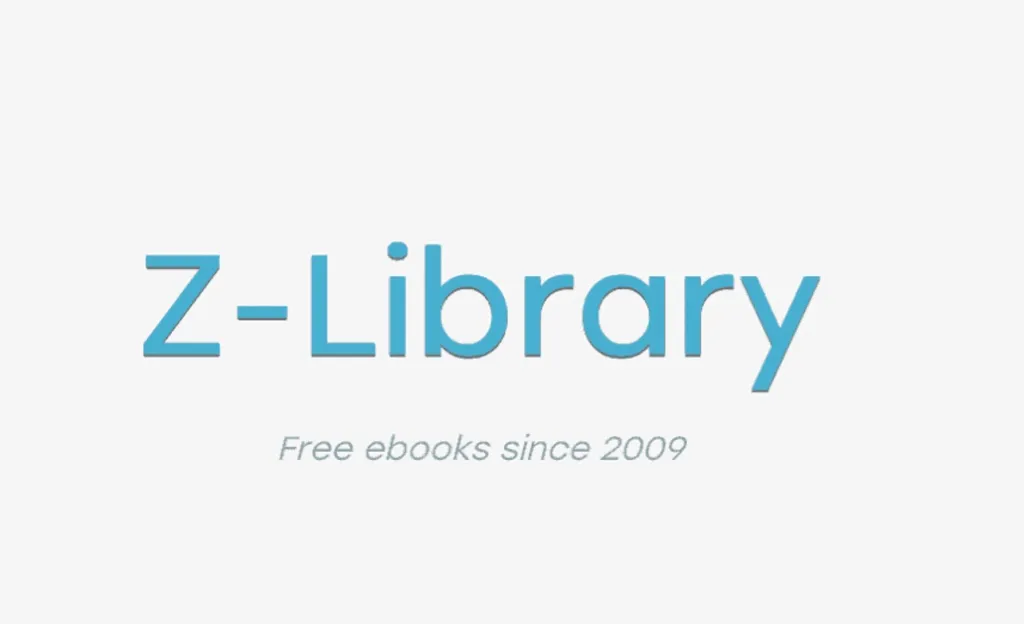THE LATEST
- Guest Post Purchase Policy 2024-05-06
- Y2Mate Downloader: Friend or Foe? Unveiling the Truth Behind the Reviews 2024-04-29
- [StreamGaGa Review] Features and Usages of StreamGaGa Downloader 2024-04-26
- KeepStreams Review 2024: Features, Pricing, and User Guide 2024-04-11
- Top 9 Tubi Downloaders to Download Tubi Videos in MP4 2024 2024-03-08
- StreamFab DMM Dawnloader Review - Everything You Need to Know 2024-02-06
- Streamfab Fanza Downloader: A User-Friendly Perspective 2024-02-06
- How to Convert movpkg Files to MP4? Investigate a Convenient Way! 2024-02-05
- 2023 Latest: How to Convert DMM Video DCV Files to Mp4! 2024-02-02
- Latest Disney Plus Downloader to Download Disney Plus Videos in 2023 2024-02-02






